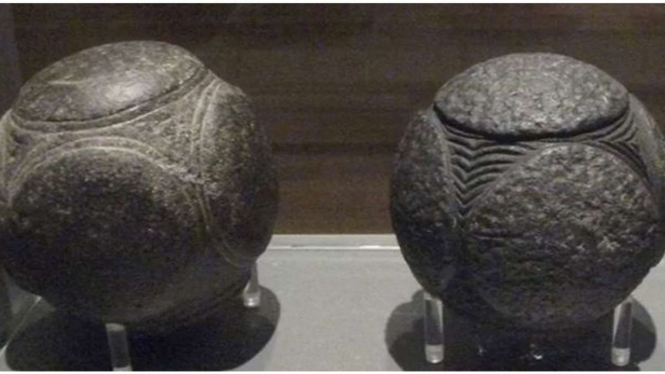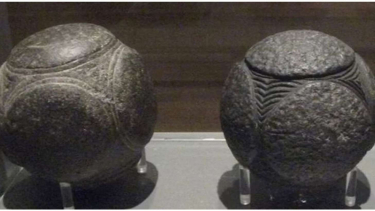The Function of Mysterious 5,000-Year-Old Stone Balls
- Wikimedia
VIVA – More than 200 years ago, mysterious stone balls began to be unhearted in the United Kingdom (UK). These oddly geometric stones date back to the Neolithic period, approximately 5,000 years ago.
Majority of these stones appearing in Aberdeen, Scotland, the now 500-strong collection has been found in Ireland, England, and even Norway.
Made from various types of stone including sandstone, and granite, with one even being coated in a black fish-based paste, the balls in the collection all share remarkable similarities despite their relative geographical spread.
While their uniform size measures around 70 millimeters (2.75 inches) in diameter, with the exception of a larger collection measuring 114 millimeters (4.5 inches), the balls all display varying degrees of workmanship.
Bola Batu Misterius
- Wikimedia
They all feature between three and 160 projectile knobs or disks, with six being the most common.
Some of them feature distinctly decorative engravings of circles and swirls, while others are left blank. It’s believed the stones will have taken several years to carve, with some of the more intricate pieces even taking multiple generations.
In addition, the symbols engraved on some stones may also be related to the religious and ceremonial use of the ball. Similarly, these stones could have been status symbols, owned by the wealthiest and most powerful members of the community.
This assumption of stone use will always arise, as the communities that used them had not yet learned to write, meaning that there are no written records.
However, the excellent condition of all the stones in the collection suggests that these stones were once valued by the community of the time.




















